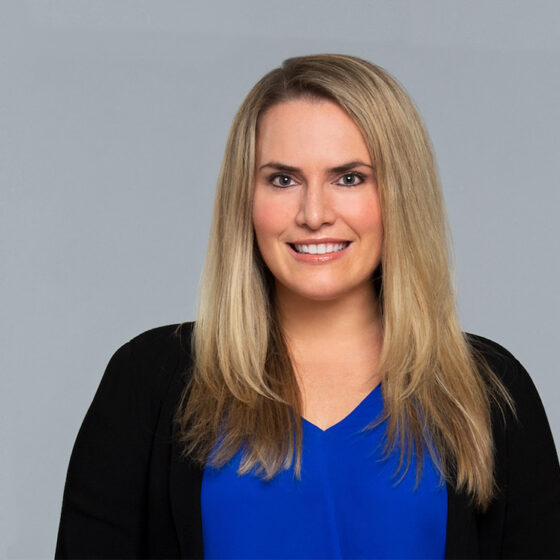Insights,
Insights,
On November 2, 2023, the Centers for Medicare & Medicaid Services (CMS) released the Hospital Outpatient Prospective Payment System Remedy for the 340B-Acquired Drug Payment Policy for CY 2018-2022 Final Rule (link). This final rule is in response to the Supreme Court’s ruling on American Hospital Association v. Becerra to remedy past 340B OPPS payment rates that were deemed unlawful. CMS finalized its proposal to make:
Background
340B hospitals can purchase drugs from manufacturers at discounted rates. Historically, Part B covered outpatient drugs were reimbursed at average sales price (ASP) +6%. CY2018’s Outpatient Prospective Payment System final rule adjusted the payment rate for drugs acquired through 340B to ASP -22.5%. This significant reimbursement change was in effect from January 1, 2018, to September 27, 2022. Last year, on June 15, 2022, the Supreme Court ruled that reimbursement change for 340B drugs was unlawful because the Department of Health and Human Services (HHS) failed to conduct a survey of hospitals’ drug acquisition costs under the relevant statute. CMS states that an estimated 1,686 facilities were paid at the ASP -22.5% rate.
Finalized Remedy for the 340B-Acquired Drug Payment Policy for Calendar Years 2018-2022
CMS considered several options to determine the best remedy to address the unlawful 340B payments, including additional payments without a budget neutrality adjustment, a full claims reprocessing, and one-time aggregate payment adjustments. Ultimately CMS decided to propose a one-time lump sum payment to affected 340B covered entities for the difference between what they were paid versus should have been paid for 340B drugs between January 1, 2018, and September 27, 2022.
Lump Sum Payments to Affected Providers for 340B-Acquired Drugs
CMS finalized its proposal to provide an additional payment to affected providers in the form of a one-time lump sum payment at the end of CY 2023 or beginning of CY 2024, calculated as the difference between what an affected 340B covered entity hospital received when the ASP -22.5% policy was in place and what they would have received if reimbursed at ASP +6%. The Agency updated its estimates from the proposed rule, finding that certain OPPS 340B providers received $10.6 billion (previously $10.5 billion) less in reimbursement with the ASP -22.5% policy over four years. CMS states that because some CY2022 340B drug claims have already been reprocessed at ASP +6%, those providers have already received $1.6 billion (previously $1.5 billion) of the $10.6 billion that is outstanding. CMS finalized its proposal to make a one-time lump sum payment for the remaining $9.004 billion (previously $9.003 billion) to affected providers, to be issued by the Medicare Administrative Contractors (MACs) within 60 calendar days of receipt of instructions. CMS stated that it will issue guidance to all MACs on documentation and tracking of 340B payments.
Beneficiary Copayments
As discussed in the proposed rule, CMS states that it does not believe the payments are 340B payments subject to beneficiary copayments, and accordingly does not authorize providers to seek additional beneficiary copayments.
Instead, CMS is including what would have been paid for the affected drugs absent the ASP -22.5% policy in beneficiary copayments in the lump sum remedy payments. CMS notes that the approximately $9.0 billion payment includes $1.8 billion equivalent to what the affected covered entities would have collected from beneficiaries.
CMS emphasizes that 340B covered entity hospitals may not bill beneficiaries for coinsurance on remedy payments, regardless of the adjustment.
Remedy Payment Amounts
CMS notes that “a small number of commenters” raised concerns that the proposed remedy payments for each affected covered entity published with the proposed rule were incorrect. CMS states that, after reviewing the payment data for these stakeholders, it adjusted the remedy payments for affected claims.
To address provider concerns, CMS is also establishing a technical correction process to allow 340B covered entities to alert CMS to potential errors in the calculation of their lump sum payment amount. Affected entities must email “outpatientpps340b@cms.hhs.gov” by November 30, 2023, to notify CMS of any errors.
Prospective Offset for Higher Payments for Non-Drug Items and Services from CY 2018-2022
In an effort to maintain budget neutrality in the OPPS, CMS is finalizing a corresponding offset for non-drug items and services. CMS estimates that hospitals were paid $7.8 billion more for these non-drug items and services between CY 2018-2022 and is finalizing a reduction to future payments by decreasing the OPPS conversion factor to all OPPS providers except new providers by 0.5%.
CMS originally proposed an effective date of CY 2025 but solicited feedback on whether to delay the conversation factor reduction to CY 2026 to allow hospitals additional time to prepare. In response to comments, CMS will start the conversion factor reduction in CY 2026. This decrease in the OPPS conversion factor will remain in effect until the full $7.8 billion is offset, which CMS estimates will take 16 years.
New Providers
CMS is finalizing its policy as proposed to exclude providers that did not enroll in Medicare until after January 1, 2018, from the proposed prospective rate reduction, as these providers did not fully benefit from the increased payment for non-drug items and services from CY 2018-2022. CMS will designate these hospitals as “new providers” and pay these hospitals the rate for non-drug items and services that would apply in the absence of the 0.5% conversion factor adjustment for the duration of its application, however CMS is adding “biologicals” to the regulation text that references separately payable drugs to align with the exclusion of separately payable drugs and biologicals from the prospective payment rate for hospitals.
ADVI will continue monitoring developments and the next steps. This is a delayed release. ADVI Instant content is distributed in real-time for retainer clients. Get in touch to learn more about how we can support your commercialization, market access, and policy needs.


Head of Policy, Research, and Analysis